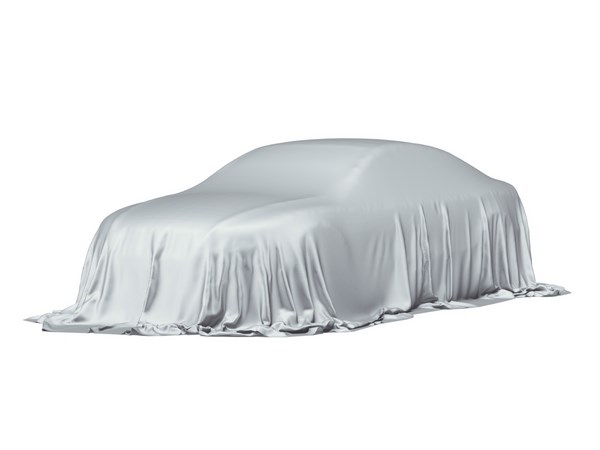
/acne-vulgaris-face-48f73aa7b2e04b6bab523f14f4772337.jpg)
Keep in mind that laser treatments may not get rid of the birthmark entirely (though some birthmarks disappear completely after treatment). Sometimes, laser treatments may make the pigmentation darker than normal, but this usually is just temporary. Laser surgery is the only treatment that works on port-wine stains with less risk of damaging or scarring the skin.

But these aren't as effective - or as safe - as laser therapy. In the past, some people chose other treatments, like freezing, tattooing, even radiation. Usually, these aren't cause for concern, but they often bleed and may need to be removed. Port-wine stains can also develop grape-like growths of small blood vessels called vascular blebs. Multiple treatments, if needed or desired, can be done as often as every 6–8 weeks.įor port-wine stains that get bumpy, thick, or raised, doctors sometimes need to use another type of laser or surgery. But it will be back to normal in 7–10 days.

After treatment, the area might be irritated and inflamed at first, similar to a bad sunburn. These treatments are very brief, usually less than 10 minutes. Young children and infants will get general anesthesia to help them sleep or relax during the procedure. Kids can usually get an anesthetic as a shot, spray, or ointment to numb the area. It's just that the longer someone has had the stain, the harder it might be to successfully treat it. But laser treatments also can help older kids and teens too. Laser treatment often starts in infancy when the stain and the blood vessels are smaller and the birthmark is much easier to treat. Multiple treatments can make the birthmark fade quite a lot. The laser targets the pigmentation in the stain and fades it. Dermatologists or plastic surgeons usually give several treatments with a "pulsed-dye" laser. The good news is that lasers (highly concentrated light energy) can make many port-wine stains much lighter, especially when the birthmark is on the head or neck. And any birthmark can take a toll on a child's self-confidence, no matter how large or small the mark might be. But others can be upsetting for kids, especially if they're large, dark, or on the face. Some port-wine stains are small and hard to see. If a child has a port wine stain anywhere on the body, it's important for a specialist to examine it to see what type it is and what kind of monitoring and treatment it needs, if any. If there's a concern about the location of a port-wine stain or symptoms, doctors may order tests (such as eye tests or imaging tests like an X-ray, CT scan, or MRI) to see what's going on and rule out another problem. Stains on the eyelids may also lead to glaucoma - increased pressure inside the eye that can affect vision and lead to blindness if it's not treated. That's because they may be linked to a rare neurological disorder called Sturge-Weber syndrome that causes problems like seizures, developmental delays, and learning disabilities. Rarely, though, they're a sign of other medical conditions.įor example, doctors will monitor port-wine stains on or near the eye or on the forehead. Port-wine stains usually are nothing more than a harmless birthmark and don't cause problems or pain. How Are Port-Wine Stains Diagnosed?ĭoctors can sometimes tell if it's a port-wine stain by looking at a child's skin. They may be part of a genetic syndrome, but more often are simply "sporadic," meaning they are not genetically inherited or passed on. They're not caused by anything a mother did during pregnancy. Port-wine stains (especially on the face) can make kids feel self-conscious, particularly during the already challenging preteen and teen years, when kids are often more interested in blending in than standing out. And some port-wine stains are barely noticeable, especially when they're not on the face.īut port-wine stains often get darker and can sometimes become disfiguring and embarrassing for children. What Challenges Can Happen With Port-Wine Stains?įor most kids, port-wine stains are no big deal - they're just part of who they are.
#NO SPOT REMOVAL FOR EXPOSURE X SKIN#
Early on, they're smooth and flat, but they may thicken and feel like pebbles under the skin during adulthood. They often change in texture over time too. They can be any size, and usually grow in proportion as a child grows. Port-wine stains (also known as nevus flammeus) can be anywhere on the body, but most commonly are on the face, neck, scalp, arms, or legs.


 0 kommentar(er)
0 kommentar(er)
